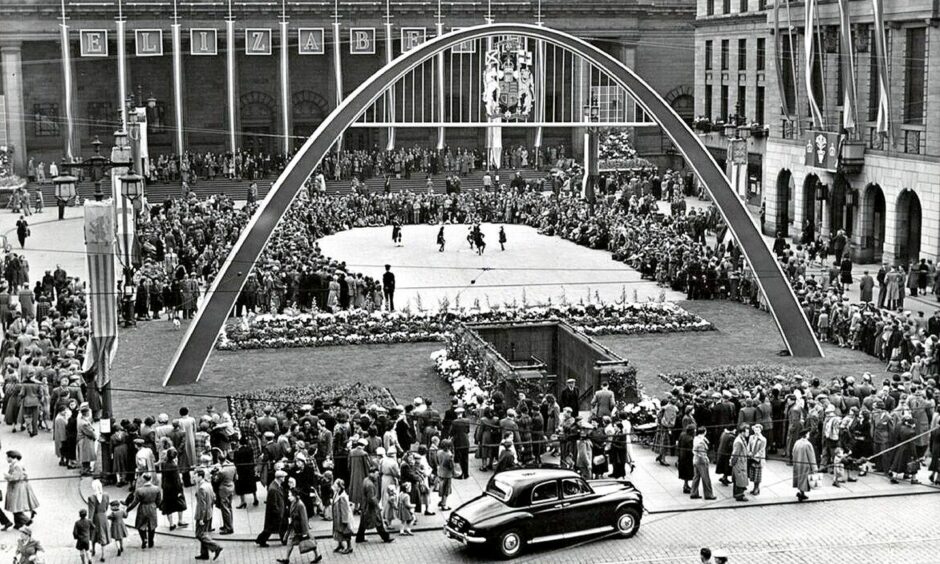
People poured into halls and friends’ houses and huddled round television sets to watch the pomp and splendour of the 1953 coronation.
The still-new medium of TV gave the masses a glimpse behind the veil of this sacred royal ceremony when Princess Elizabeth was crowned Queen on June 2 1953.
Bunting flew from lamp-posts across Courier Country alongside special floral displays and the lighting of a chain of bonfires brought the day to a spectacular close.
At that time, there was hope of a bright new Elizabethan age.
It is an effort now to recall that this was only eight years after a long, draining war in which Britain was nearly subjugated.
Winston Churchill was back at 10 Downing Street and announced that a special allowance of an extra 1lb of sugar and a 1/4lb of margarine was to be allocated to enable people to put on a street party.
The country was looking forward with hopes high and honour maintained.
So what happened where you stay in 1953?
Dundee
Elizabeth Tully was born at a couple of minutes past midnight at Maryfield Hospital on the day of the Queen’s coronation.
While other coronation babies were presented by their local authorities with pencil cases, mugs, and tin boxes with chocolate bars to mark the occasion, Elizabeth’s mother outstripped them all, when she was presented with a pram, courtesy of G. B. Forbes who owned the pram arcade in King Street.
Coronation Day in 1953 dawned dull, grey and cold over Dundee but shortly after 9am the sun broke through before a peal of bells rang out from the Old Steeple at 9.30am.
Last-minute decorations were being put up by householders, many of whom found it was not so easy to fix flags and bunting securely in the boisterous east wind.
The town centre had a festive air and the red, white and blue floral display in the City Square was dominated by the 30-foot high coronation arch which cost £600.
Tramcar 1 from Lochee was decorated with shields and bunting while hundreds of people visited Camperdown Jute Works to view decorations put up by employees.
It is not surprising that The Courier at the time claimed that visitors to Dundee had stated that the city’s coronation decorations “couldn’t be bettered outside London”.
A crowd of several hundred people gathered at Riverside Park to watch the 21-gun salute being fired at precisely 10.26am, which continued at 15-second intervals.
Dundee telly engineers worked round the clock to ensure people could tune in to the coronation – including 2,000 who huddled round 20 sets in the Caird Hall.
There were 12 on the jury box ledges, five on the platform and three in the back gallery.
People queued from 6am.
Those aged over 65 were given seats in the gallery.
The general public were able to view standing in the body of the hall.
Women with children, complete with sandwiches and flasks of coffee and tea, were evidently making a day of it and were early to make sure they got a good view.
About 100 people congregated around every TV set from 11am.
The Queen’s coronation spiked a huge rush of people wanting to buy or rent a set.
The Courier reported: “TV engineers did behind the scenes miracles up to the latest hour installing, servicing and repairing.
I’m seeing great. This is grand. I’ve never seen the Queen before.”
Robina Potter, 100
“One Lochee family had the misfortune to blow their vital cathode ray tube and imagined they would miss the great London spectacle, but they managed to get a smaller set on loan for the occasion, so all was well.”
Among those watching was 100-year-old Robina Potter, who was guest of honour at the showing at Craigie Old Folks Home where she was among 22 over-65s.
“I’m seeing great. This is grand. I’ve never seen the Queen before,” she said.
Mrs Potter travelled to the home by a car sent by the matron and was accompanied by her daughter-in-law before being collected at 4pm after drinking a loyal toast.
At 13 Morgan Street, a crowd of friends and neighbours watched the TV set of Annie Kenny, confined to bed for many years.
Miss Kenny was one of the people chosen by the Sunday Post to receive a TV set for the day and her neighbours got together and bought the set outright for her.
She watched in bed in the centre of the happy gathering.
The biggest train ever to leave Downfield Station took 1,000 people from the St Mary’s Tenants’ Association to West End Park in Monifieth for a coronation picnic.
Thousands of people also lined the streets following the Westminster ceremony as a parade of armed forces reservists marched in tribute to the newly crowned Queen.
The parade was half a mile long, and contained more than 1,000 personnel.
They marched from Riverside Drive along Union Street, High Street, Reform Street, and into Albert Square.
According to the report, a highlight of the parade was the “resplendent” Black Watch.
A wide array of military vehicles and pipe bands took part, too.
Farther to the west, in the middle of Riverside Park, a watchman was keeping vigil over the Coronation bonfire, which would light up the night sky in the evening.
So would the High Church in Lochee.
The “Kirk on the Hill” was fitted with six floodlight boxes which included plate mirror reflectors and 1,000 watt bulbs that lit up three sides of the church.
The King of Scottish Dance Music, Jimmy Shand, provided the soundtrack to the final stages when his band played at the Coronation ball which took place at the Caird Hall.
The concert featured 250 dancers and was broadcast on BBC Radio at midnight.
Perthshire
A salute was taken in King Edward Street in Perth by Bailie John Buchan before a loyal address to the Queen was approved at the City Chambers, which was followed by a toast.
There was a large congregation at the official service at St John’s Kirk while the queue gathered from 9.30am for the public viewing on eight TV sets at the Co-operative Hall.
Extra seats were brought in and about twice as many people were accommodated.
A coronation tree was planted at Logiealmond by eight-year-old twins James and Agnes Pattullo, whose names were drawn from a hat of schoolchildren.
All over Perthshire children were taking part in sports and picnics.
Souvenir mugs were presented to 450 children in Blairgowrie and Rattray where there was a varied programme of events at Davie Park ending with a bonfire and fireworks.
A historical pageant depicting events and personalities associated with Blairgowrie and Rattray for the past 2,000 years was the outstanding feature of the celebrations.
Fife
The first event of the day in Kirkcaldy was a march past of local Territorial Army units.
A coronation service was held at Kirkcaldy Old Church and Dysart Barony Church.
The programme included five bands which played in parks and open spaces throughout the burgh alongside a military display and tree-planting ceremony in Beveridge Park.
A united church service took place at Dunfermline Abbey before a humble address of loyalty and devotion to the Queen was approved at a Town Council special meeting.
Scheduled for the public park at night were children’s games, musical entertainment, dancing and community singing before the climax of a bonfire and fireworks display.
Throughout West Fife the villages celebrated in grand style on June 2 1953 with children’s galas, crowning ceremonies, processions, sports events and picnics.
Angus
A blustery wind restricted attendance at Arbroath Town Council’s service in Springfield Park which was followed by a 21-gun salute from the local battery of Royal Artillery TA.
Fishermen decorated their boats and sailed around the harbour in celebration while locals gathered around TV sets to watch the events unfold at Westminster Abbey.
Forfar’s celebrations opened with a church service before armed forces personnel took part in a march for a queen who was loved by the people of Angus as “one of our own”.
As the young Princess Elizabeth, Glamis was a place she grew to love.
Around the grounds where her mother had grown up, the young woman destined to be Queen also enjoyed carefree times in her childhood, running around the castle gardens and charming long-serving staff of the household.
Here we are, 70 years later, getting ready to celebrate the start of King Charles’s reign but street parties and hanging out the bunting could be a rarer sight this time round.
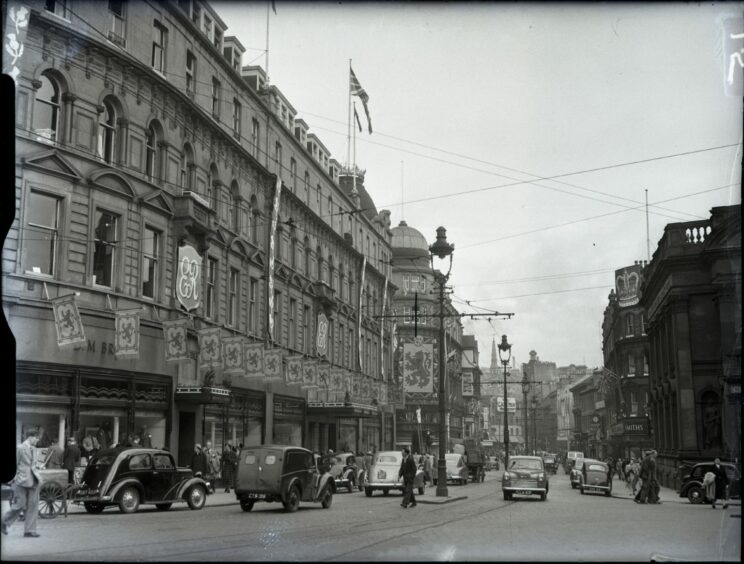
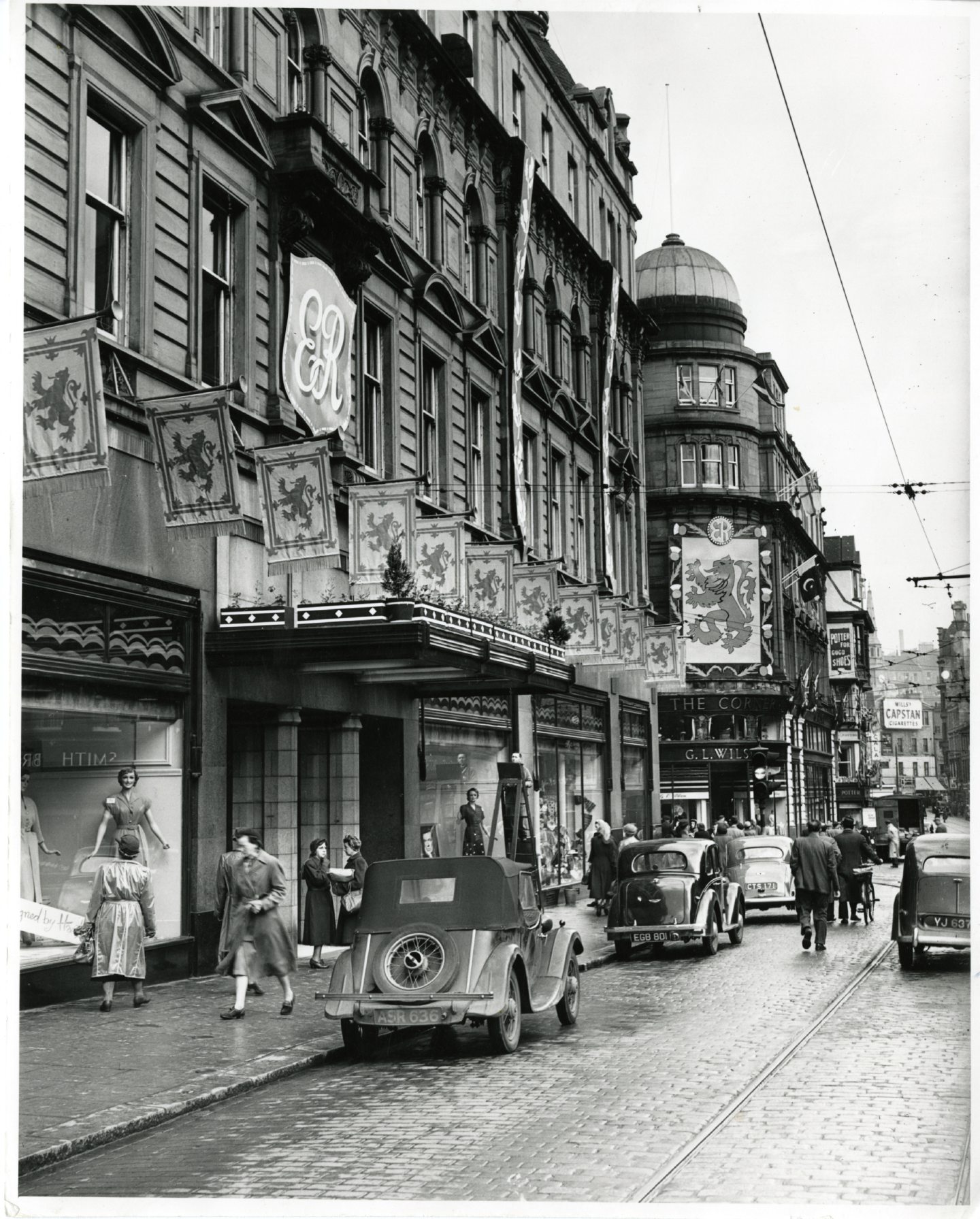
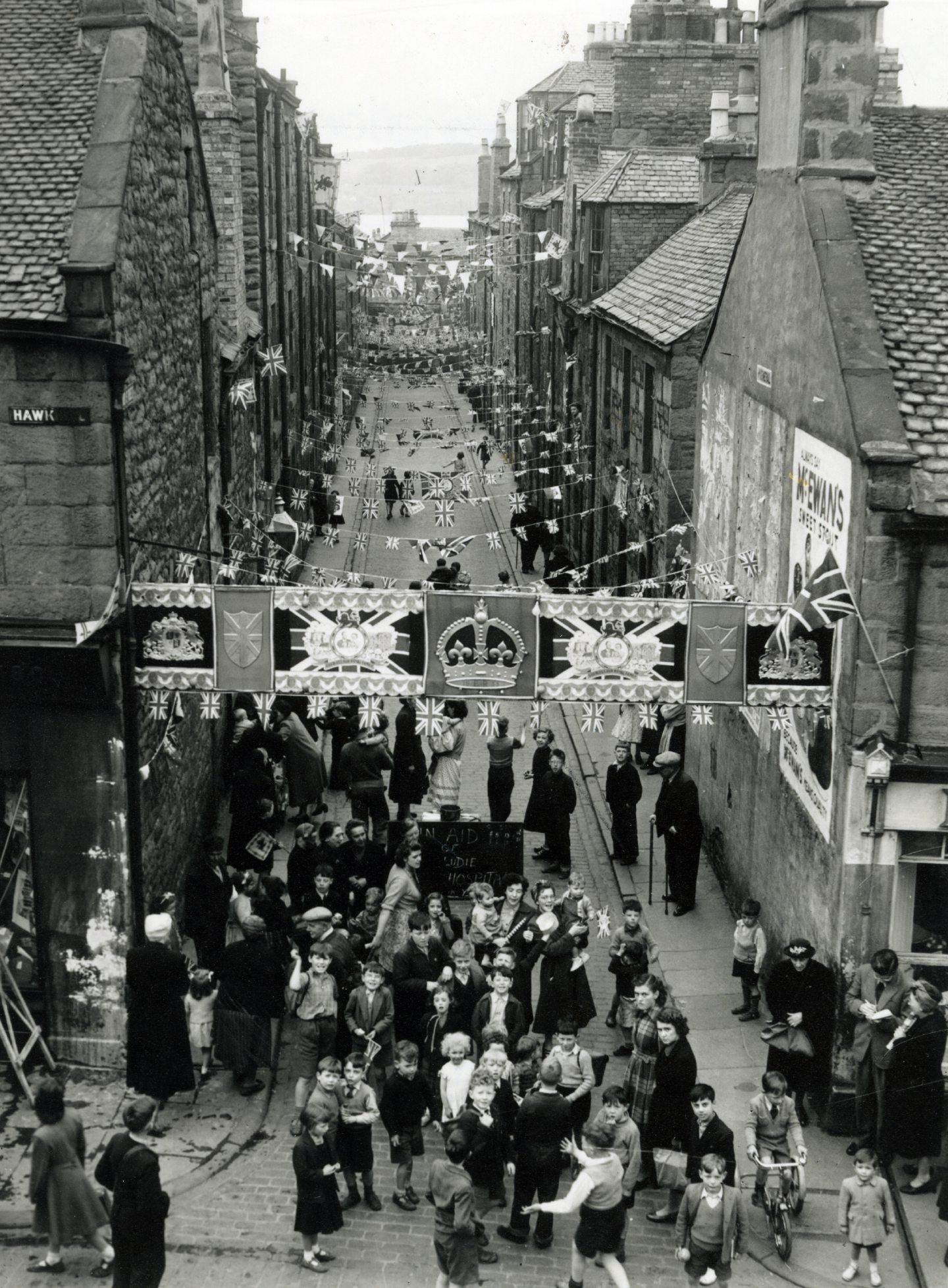
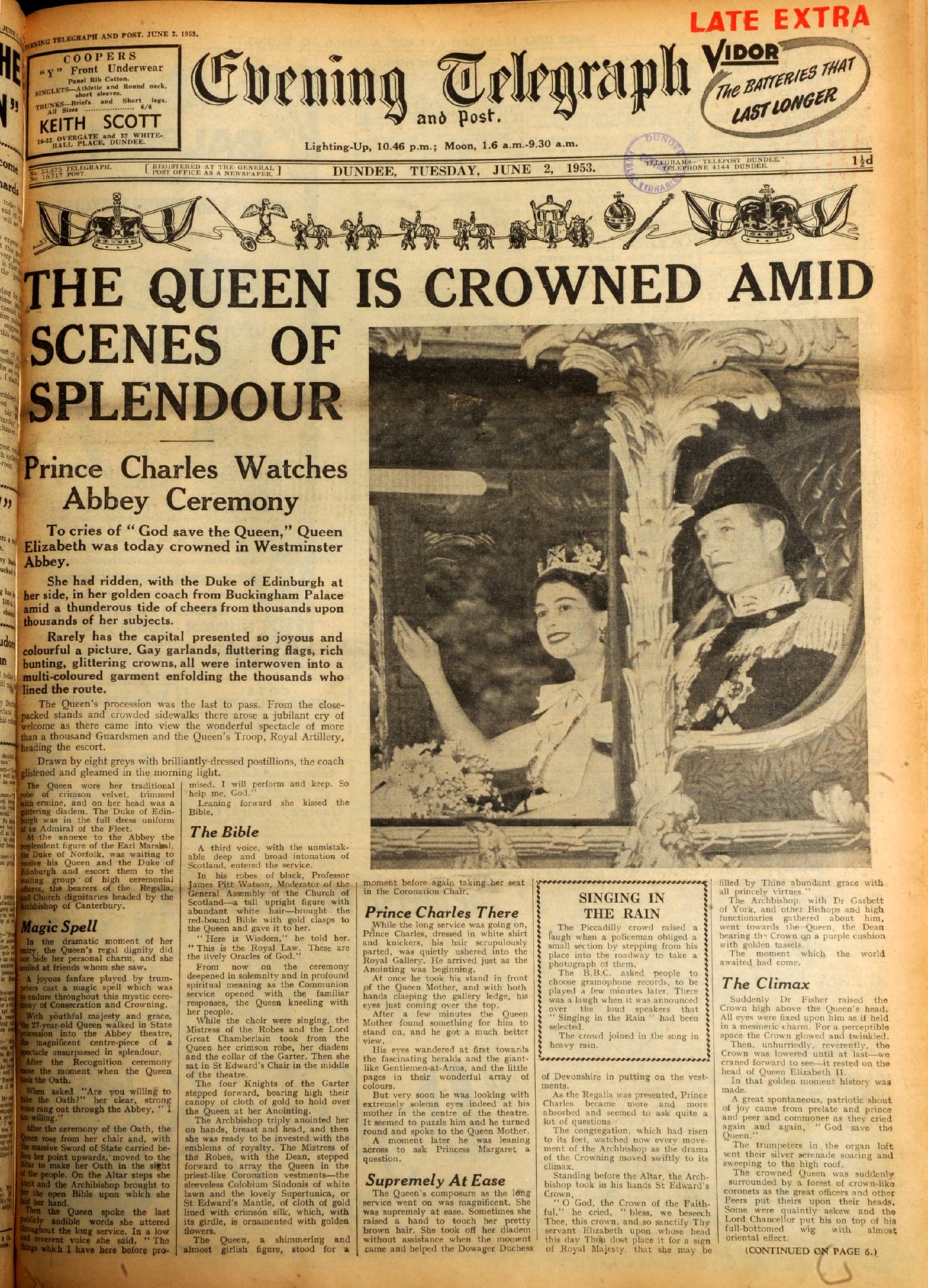
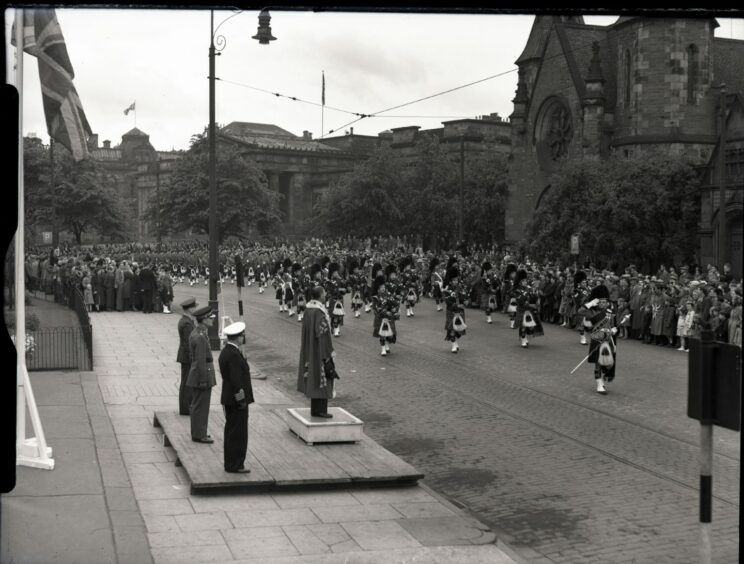
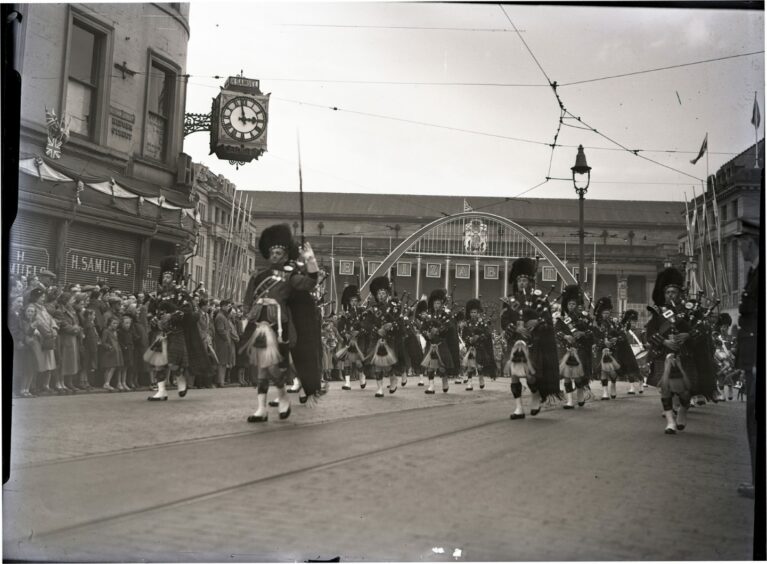
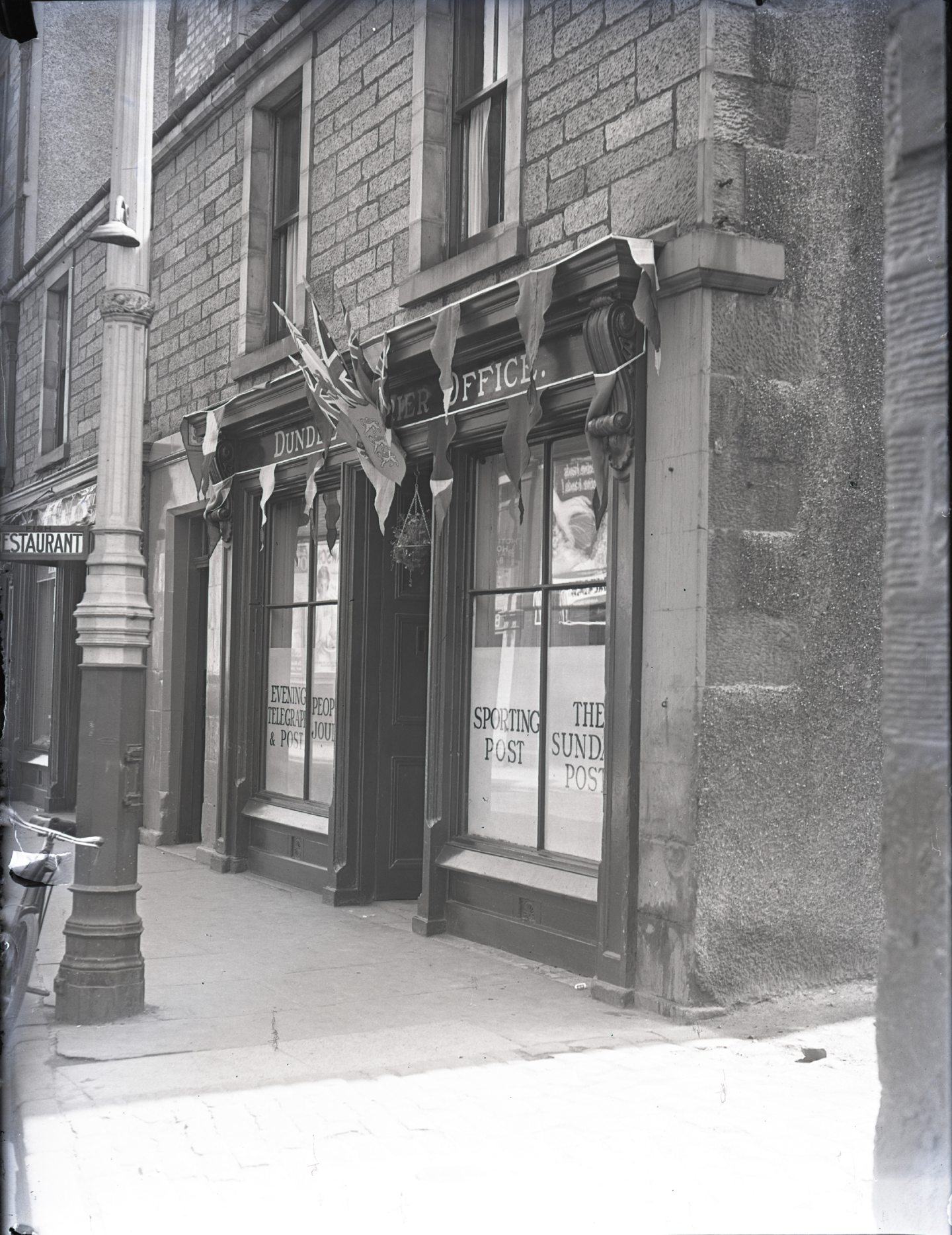
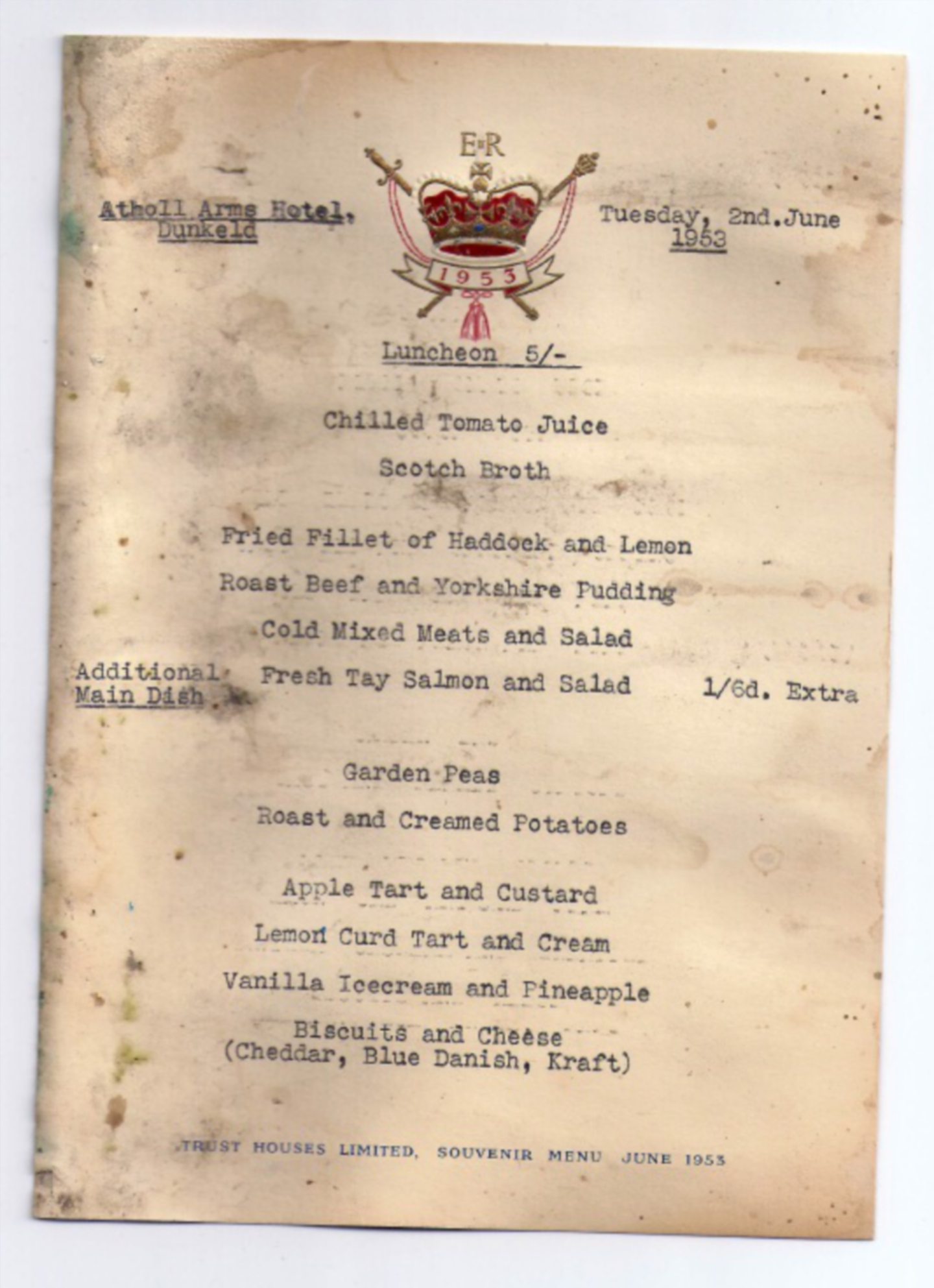
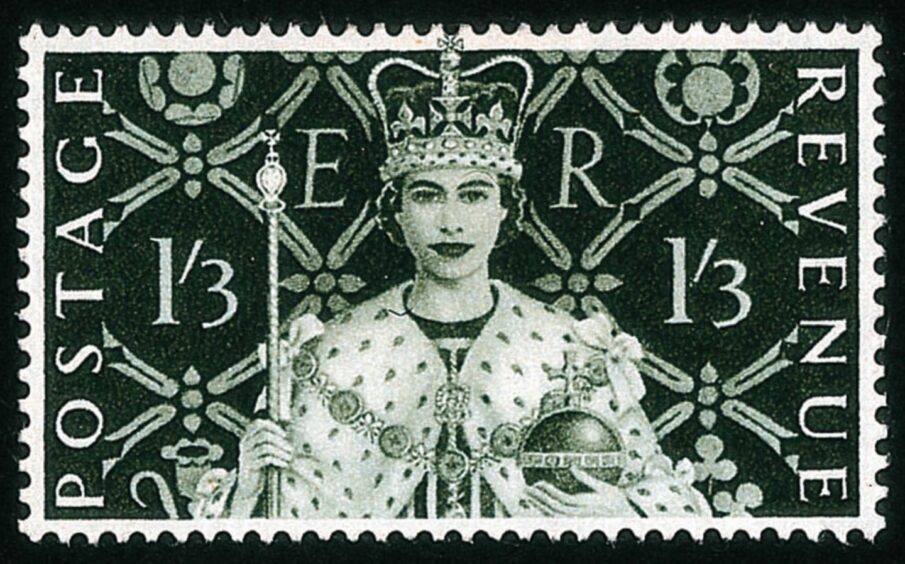
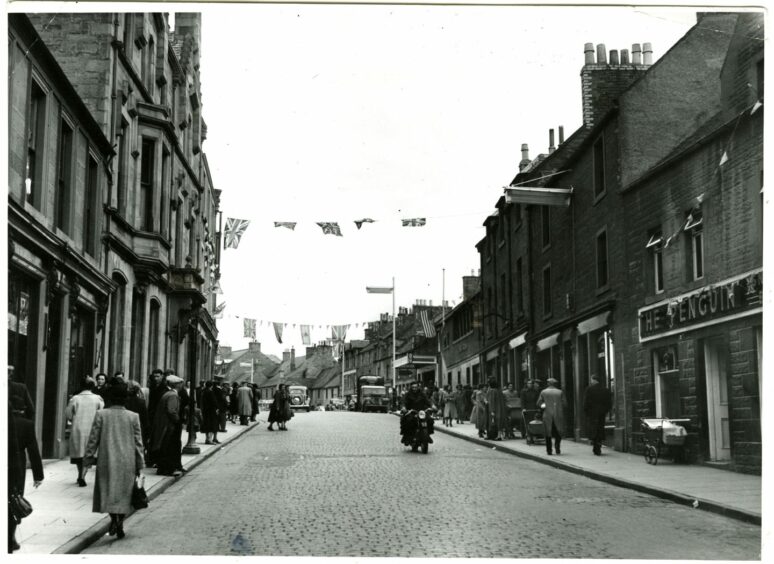
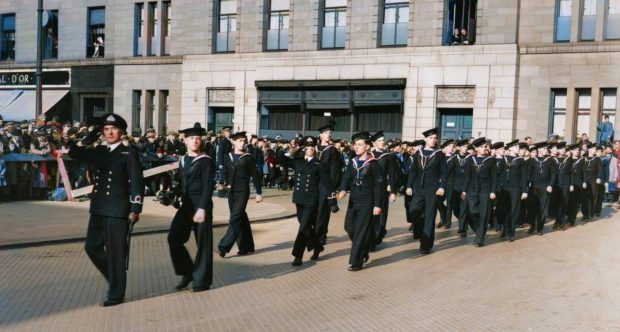
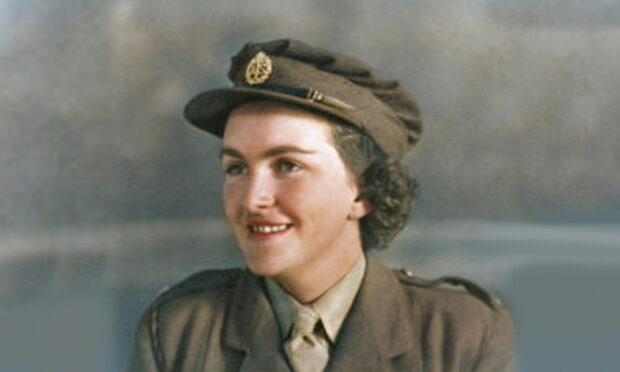
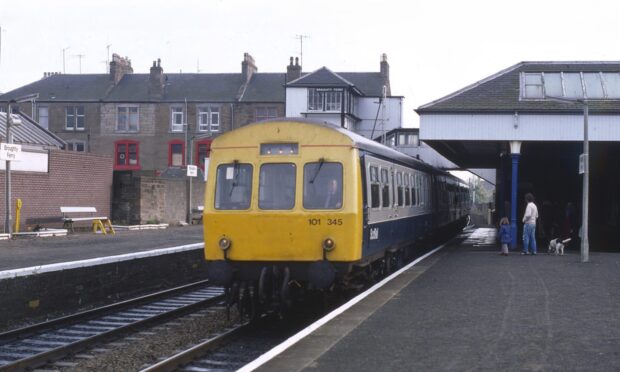
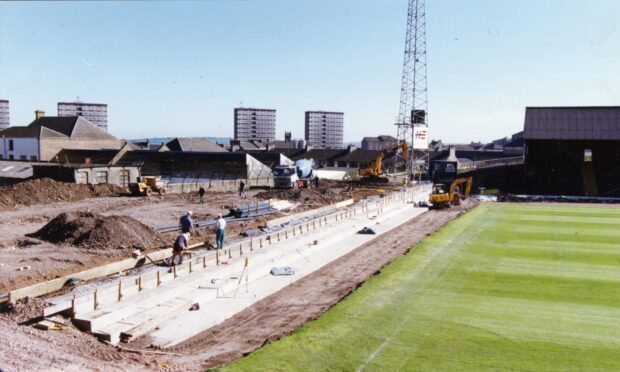
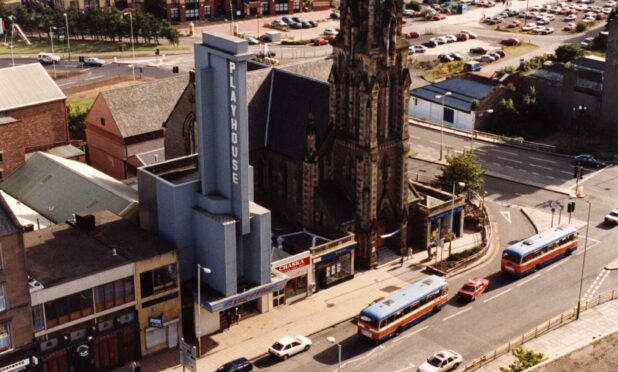
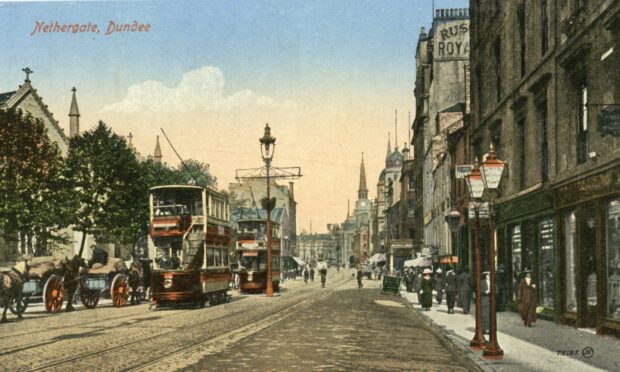
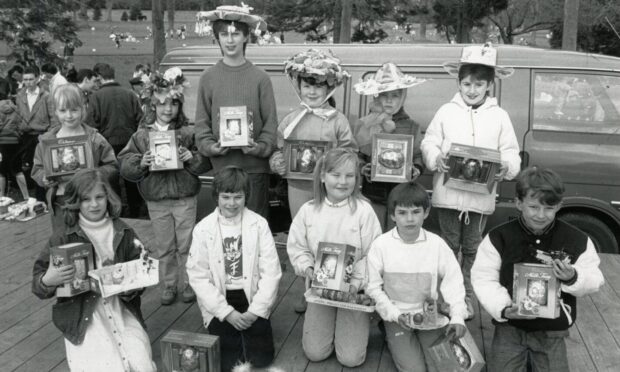
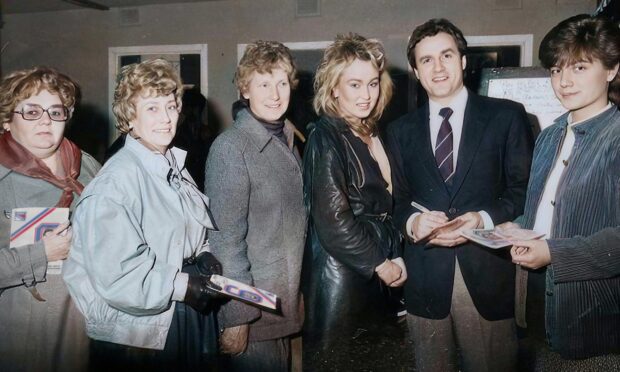
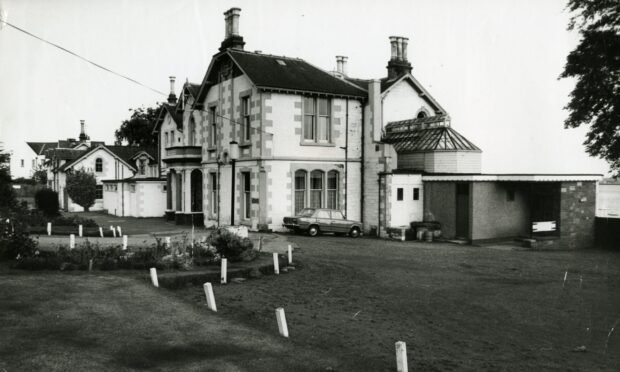
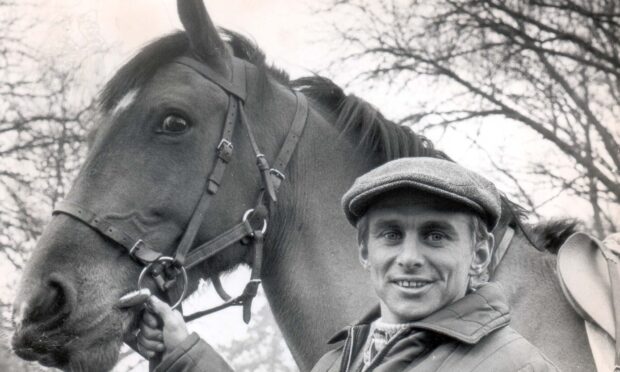
Conversation